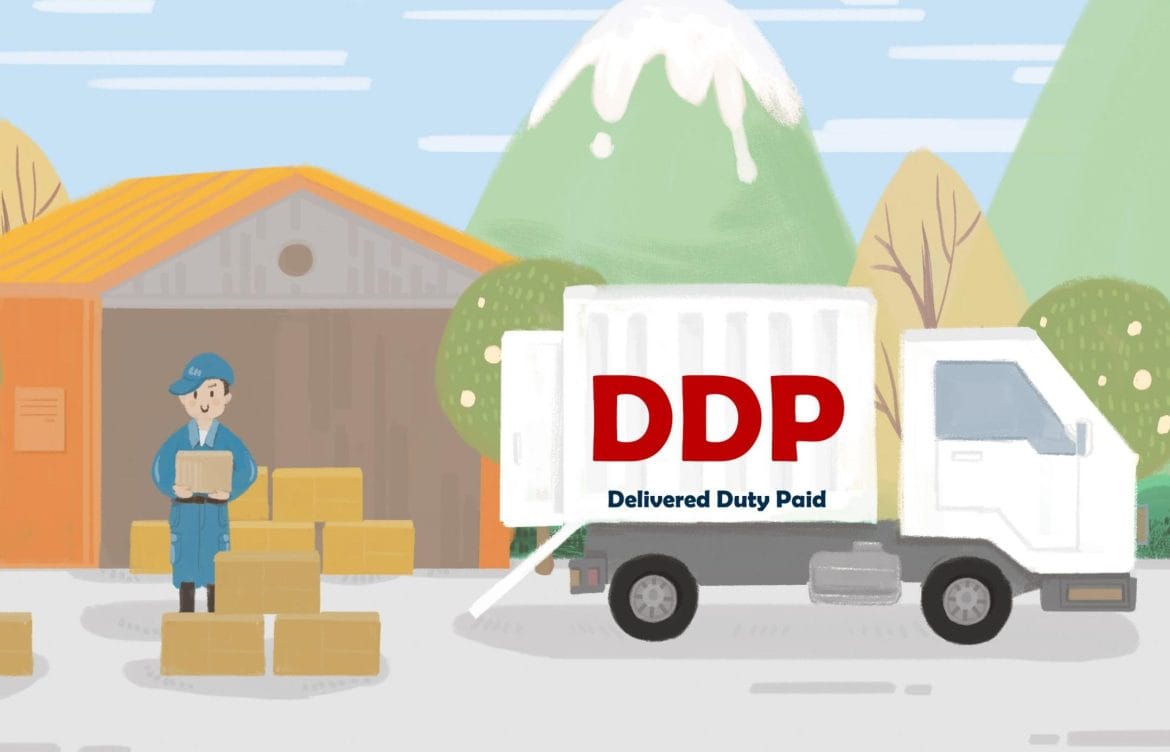
Should Chinese Exporters Still Offer DDP in a High-Tariff Era?
With new U.S. tariffs reaching up to 50%, Chinese manufacturers are under pressure. One big question is now front and center:
Should you offer DDP (Delivered Duty Paid), or let buyers handle customs under DAP, FOB, or CIF terms?
Let’s explore the pros, cons, and best practices — from a manufacturer’s point of view.
What’s the Difference?
- DDP (Delivered Duty Paid): You, the seller, handle everything — shipping, customs clearance, duties, taxes. The buyer just waits for delivery.
- Non-DDP terms (DAP/FOB/CIF): You ship the goods, but the buyer handles customs clearance and pays the duties.
🔍 DDP: The Convenience That Sells
When to consider DDP:
- Your buyers are small e-commerce businesses, new importers, or don’t want customs hassle.
- You want to be more competitive in platforms like Amazon, Shein, or Temu supply chains.
- You aim to offer a premium, worry-free solution.
Pros:
- ✅ Attracts more customers (especially in the U.S. and EU)
- ✅ Smooth delivery = higher satisfaction
- ✅ You control the shipping chain
Cons:
- ❌ Higher cost, especially under increased tariffs
- ❌ Risk of under-declaring = customs issues
- ❌ You absorb the tax fluctuation, not the buyer
🧭 When to Say No to DDP
Non-DDP terms (DAP/FOB/CIF) are more suitable when:
- You’re dealing with professional importers, wholesalers, or brand buyers
- You have low profit margins and can’t risk customs surcharges
- Your clients prefer full control over clearance
Benefits:
- ✅ Lower financial risk
- ✅ Focus on manufacturing, not logistics
- ✅ Transparency for experienced buyers
Downsides:
- ❌ Less attractive to first-time buyers
- ❌ Potential delays if buyers mishandle clearance
💡 So… What Should You Do?
| Buyer Type | Recommended Term | Why |
| Small Amazon/Etsy seller | DDP | Hassle-free and simple for buyer |
| Large distributor | FOB or DAP | They prefer to manage their own process |
| Cross-border B2C | DDP | One-price shopping builds trust |
| Price-sensitive buyer | DAP | You avoid tax cost risk |
🔚 Final Thoughts
In today’s volatile global trade environment, choosing the right shipping term isn’t just a logistic decision — it’s a sales strategy.
If you can manage DDP safely and efficiently, it can give you a real competitive edge. But if your profit margins are thin, or tariffs are unpredictable, switching to DAP or FOB may be the safer long-term play.
🌐 Remember: The best shipping term is the one that fits your customer — and protects your bottom line.
